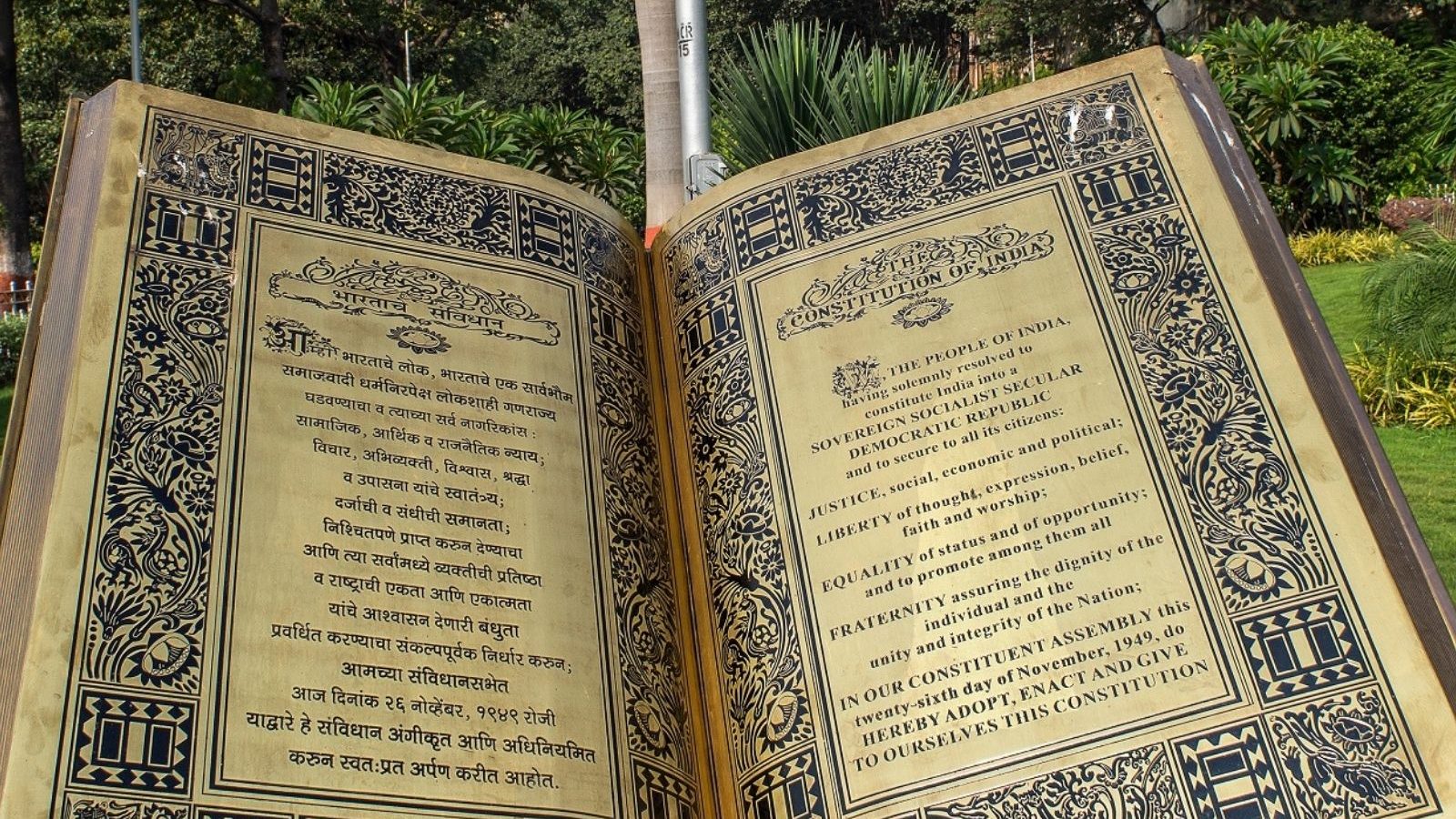Republic Day 2023: History, Features and All You Need to Know About Indian Constitution
Last Updated: January 24, 2023, 10:16 IST

Leader of Opposition in the state Assembly V D Satheesan hit out at the controversial remarks.(Image: Shutterstock)
Republic Day 2023: The Constitution of India lays down the distinctions in the political power structure in the country between the Centre and the states.
HAPPY REPUBLIC DAY 2023: January 26 marks the date on which the Constitution of India came into effect in 1950 and is celebrated as Republic Day. On this date, India became a sovereign nation free from the British Monarchy. On the anniversary of Republic Day, we look at some key facts about the Indian Constitution.
History
The Constitution of India became the supreme law of this nation, replacing the Government of India Act of 1935, adapted from the Parliament of the United Kingdom. After India’s independence from British rule in 1947, The Constituent Assembly of India got elected to create the Constitution of India. It was passed and adopted on November 26, 1949, and came into force on January 26, the following year.
ALSO READ: Republic Day 2023: History, Evolution and Significance of Indian Tricolour
The Drafting Committee was headed by its chairman, Dr. BR Ambedkar, the jurist, economist and social reformer who worked to uplift the Dalits of India. K.M. Munshi, Alladi Krishnaswamy Iyer, Muhammed Saadullah, N Madhava Rao and Gopala Swami Ayyangar were the other six members of the committee. Dr. Rajendra Prasad, the first President of India, was the president of the Drafting Committee.
Features
The Indian Constitution is the longest one in the world and is the second-largest active Constitution. It has 470 articles in 25 parts and 12 schedules with five appendices. It had 395 articles in 22 parts and 8 schedules, originally. Additions took place through amendments or changes to the Constitution.
Separation of Powers
The Constitution of India lays down the distinctions in the political power structure in the country between the Centre and the states. It provides for the checks and balances between the organs of the government, namely, the Judiciary, the Executive and the Legislature, to prevent the concentration of power in one particular branch.
Democracy
The preamble to the Constitution of India declares India to be a ‘Sovereign Socialist Secular Democratic republic,’ having a parliamentary governance system. Six fundamental rights, namely, the right to equality, liberty, right against exploitation, freedom of religion, cultural and educational rights, and right to constitutional remedies, are recognised by the Indian Constitution.
Read all the Latest Lifestyle News here
For all the latest lifestyle News Click Here

